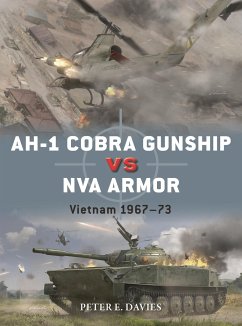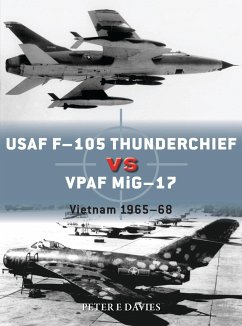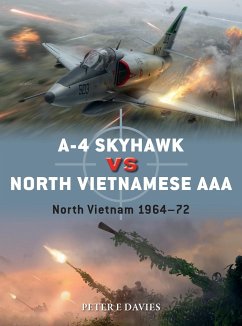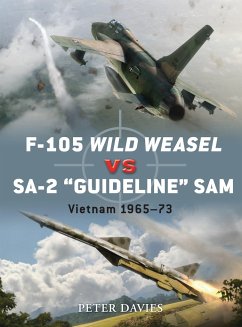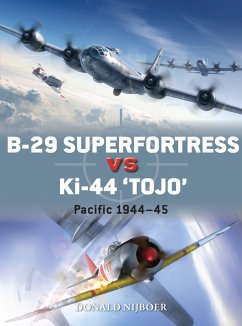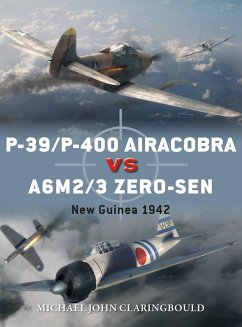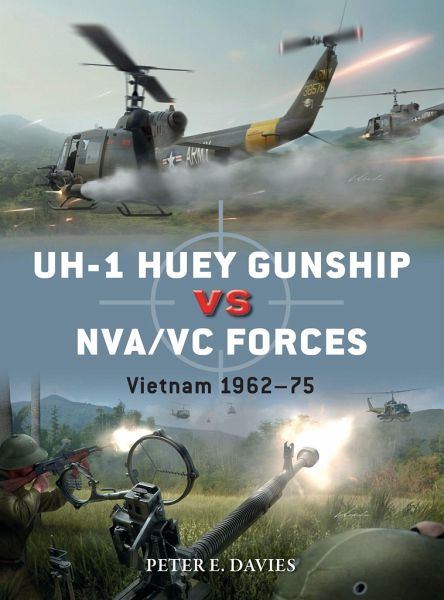
Uh-1 Huey Gunship Vs Nva/VC Forces
Vietnam 1962-75
Illustrator: Laurier, Jim; Hector, Gareth
Versandkostenfrei!
Versandfertig in 2-4 Wochen
20,99 €
inkl. MwSt.
Weitere Ausgaben:

PAYBACK Punkte
10 °P sammeln!
While the helicopter was essential for the US war effort the Vietnam experience also proved the validity of the gunship concept. This illustrated new history explores one of the hardest-worked and most effective of the helicopter types in-theatre.




